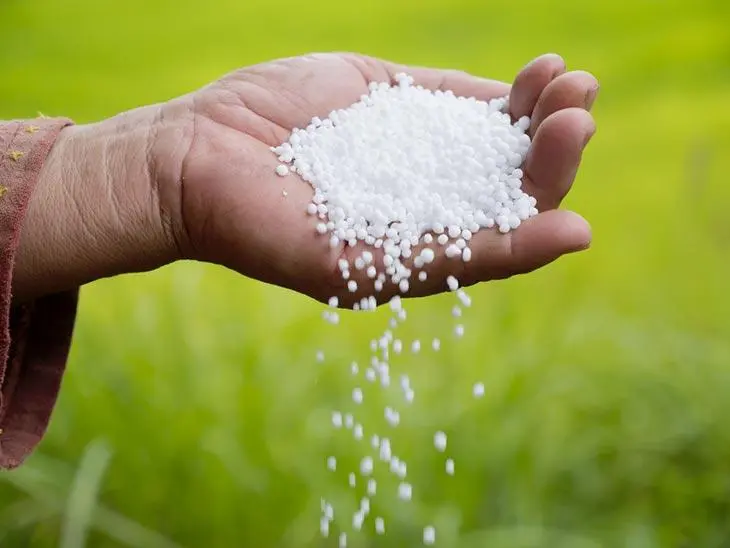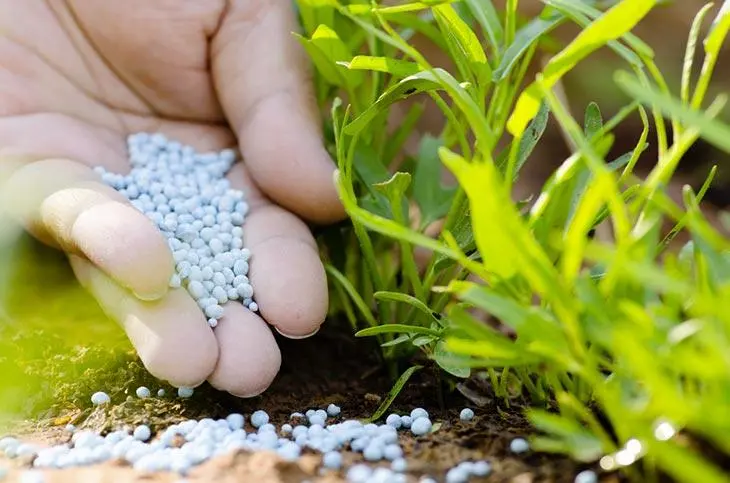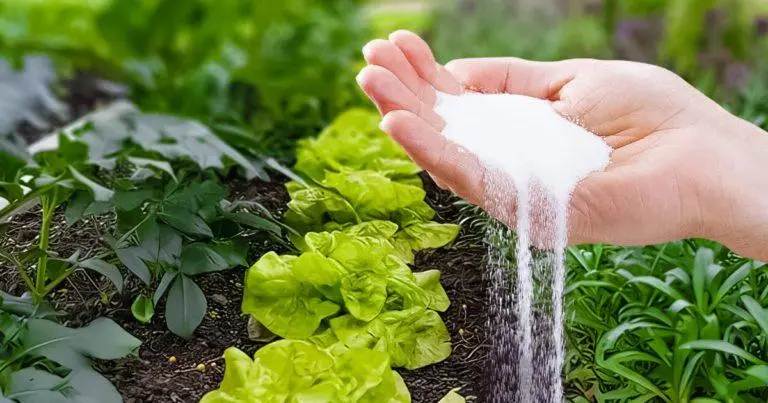How to Apply Urea in Your Garden: A Comprehensive Guide
Dear gardeners, are you eager to enhance your vegetable garden and ensure a bountiful harvest? Well, get ready, because we have some vital insights to share with you for achieving a thriving and abundant yield! Here’s some invaluable advice from Laurent Courtade, a seasoned gardener in Ariège: in addition to proper plant care, don’t overlook the importance of incorporating organic fertilizers to nourish your plants during this season! Let’s dive into the details!
Maintaining Your Vegetable Garden in February and March
February and early March can be unpredictable for gardeners:
- As the days grow milder, it’s tempting to uncover your vegetable plants previously shielded by winter coverings. However, remember to cover them again at night to shield them from frost.
- When protecting young plants, apply mulch to the soil surface, ensuring not to overdo it. Excessive mulch can hinder soil drainage and potentially harm plant roots.
- Enhance soil quality by continuing to enrich your plots with manure, compost, or green manure. This practice supplies essential nutrients and improves soil texture, often compacted by winter conditions.
Introducing Urea: The Fertilizer Ally
In addition to routine care, it’s crucial to consider fertilizing your plants, particularly with a specific type of fertilizer: urea. This blend of chemical and organic compounds has garnered attention from both gardeners and farmers alike.

Understanding Urea: Characteristics and Composition
- Urea is an organic fertilizer known for enriching soil and plants by supplying nitrogen.
- Sold in dry, granular form, urea boasts several key characteristics:
- Odorless white or yellow crystals
- High nitrogen content of 46%
- Optimal solubility with low leaching risk
- Slow degradability and high mobility, ensuring effectiveness
- Equivalent nitrogen potency in comparison to other fertilizers
Using Urea as Fertilizer
The timing of urea application significantly impacts its efficacy:
- While fall application is possible, nitrogen released during this period may degrade quickly due to microbial activity and leaching.
- Optimal application occurs at the onset of spring, approximately 7 to 10 days before sowing, at a depth of 6 to 8 centimeters. This method applies whether outdoors or in controlled environments like greenhouses.

Application Methods for Urea Fertilization
Consider different approaches based on the growth stage of your plants:
- Before sowing: Incorporate urea granules into furrows during spring plowing.
- During sowing: Utilize a combined composition of urea and potash fertilizers, ensuring proper separation from seeds.
- During growth: Employ foliar feeding by dissolving urea in water and spraying leaves early morning or late evening for efficient nutrient absorption.
Determining Urea Dosage

Calculate the appropriate amount of urea based on soil structure, moisture levels, and crop conditions:
- For vegetable crops, add 3 to 4 grams of urea per planting hole.
- For various plants like tomatoes, potatoes, and strawberries, dilute 25 to 30 grams of urea in 10 liters of water.
- Adjust dosage for fruit trees, ornamental shrubs, and flowering plants based on specific requirements.
Using Liquid Urea Solution

For effective pest control and weak fungicidal effects, spray your garden or vegetable patch with a urea-based solution before budburst in spring, using 800 grams per 10 liters of water.
In conclusion, the application of urea is instrumental in nourishing plants, promoting growth, vibrant foliage, and abundant harvests. Whether outdoors or indoors, incorporating urea into your gardening routine yields remarkable benefits for your green spaces.



